Blog Posts Tagged Technical Content
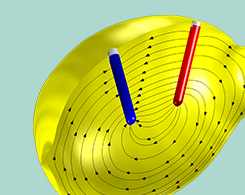
Approaching an Electrochemical Model from Scratch: Lemon Battery
The lemon battery: A high school chemistry experiment, and a great example when learning the general process for how to set up electrochemistry and battery models from scratch.
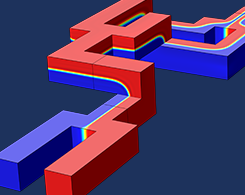
How to Create an App with CAD Import and Selections
What if you want to create an app with CAD import functionality and interactive selections, but you don’t know any programming? The Form Editor in the Application Builder lets you do just that.
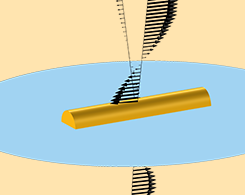
Modeling the Scattering of Light Off of an Object on a Substrate
A common modeling scenario in wave electromagnetics: computing the scattering of light off of a structure patterned on top of a uniform dielectric substrate.
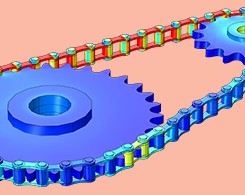
How to Model a Chain Drive in COMSOL Multiphysics®
You’ve already learned how to use built-in geometry parts to model roller chain sprocket assemblies. Now, learn how to use the geometry as an input to automatically generate a chain drive model.
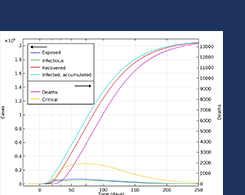
Modeling the Spread of COVID-19 with COMSOL Multiphysics®
From susceptible to exposed and infected to recovered: See how numerical modeling can help us understand the dynamics of the COVID-19 pandemic and how it spreads.
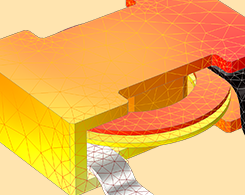
How Do I Use Gauge Fixing in COMSOL Multiphysics®?
Here’s your guide to using gauge fixing in your electromagnetics simulations in COMSOL Multiphysics®, from determining if it is necessary to imposing current conservation.
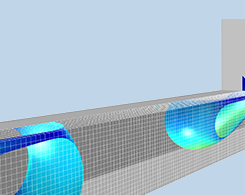
Modeling and Simulation of Multiphase Flow in COMSOL®: Part 1
Multiphase flow can be modeled on scales ranging from fractions of microns to tens of meters. Get an overview of the dispersed and separated multiphase flow models for different types of flow.
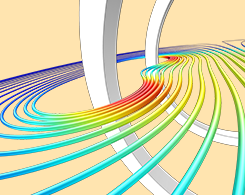
What Is Gauge Fixing? A Theoretical Introduction
Investigate the consequences of Helmholtz’s theorem when applied to Maxwell’s equations, and when using scalar and vector potentials to represent physical fields.
